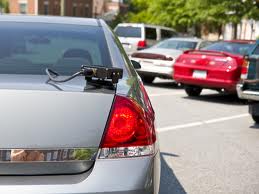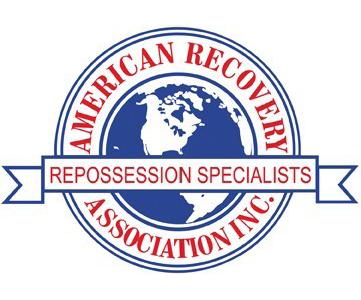


Russ DeWitt, Editor
President, Capital Adjusters, Inc.
Past President, Nat'l Finance Adjusters
Member:
American Recovery Association
Recovery Specialist Insurance Group
Calif. Assn of Licensed Repossessors
Certified Asset Recovery Specialist
Certified Recovery Agent
____________________________
____________________________
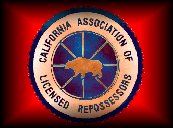
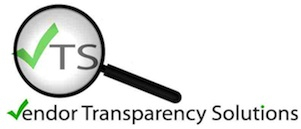


REPOSSESSIONS & REMARKETING
Newsletter

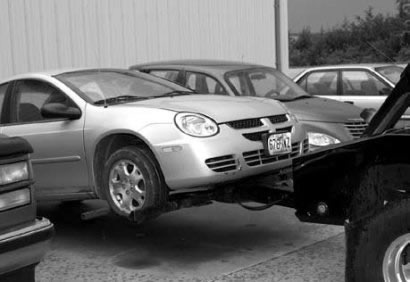

The second strategy is building up a database of license plates for your own skip tracing and for the selling of plate location data through the LPR provider. In this strategy, apartments, businesses and neighborhoods are regularly scanned to provide home and work locations of vehicles. If you scan a car at a Walmart one day, that information is not very useful when you receive the account at a later date. But, if you've scanned it in an apartment complex or office park, this could be exactly where you can find it today.
The second strategy is the one we mostly employ. We scan every middle to large size apartment complex in the Austin area at least every month and a half. We also scan several neighborhoods and many of the larger businesses in the area. Sometimes when we have a place of employment for the debtor and it's in a large parking area, like Dell or IBM in Austin, we'll send the camera car to look for the vehicle. It's faster and usually unnoticed by any security.
What Are the Drawbacks of LPR?
These cameras have different focal lengths and a limited range of vision. You have to aim the camera so that the license plate will be within about a 4 foot range up and down. If it's higher or lower, you miss the plate. Sometimes when scanning parking lots for instance, the car goes into a dip or the drive is angled such that the camera is then pointing too high or low to read the plates of the cars in that spot. This is particularly true when scanning neighborhoods as driveways can be at different angles and streets often have different grades. When scanning parking lots, you use cameras that shoot 10 -14 feet on the right and 13-17 feet on the left. But when scanning a neighborhood, you often need cameras that shoot 25 feet, 40 feet or more - if you only have lower distance cameras, the cars would be too far away to scan.
The cameras and software are not perfect. Sometimes they misread a plate. DRN's software makes up for some of this by registering more than one possibility for a plate if a number or letter isn't definitive. For instance a "B" and an "8" can look very similar, particularly if shot at an angle. So the software will record both as possibilities. This is why it is important to have an actual close up photo of the license plate for a verification of the information. Also, you may have the correct plate number but it's the wrong state.
If the camera can't see the plate, it can't find it for you. So if the car is parked front end out and there is no front plate, it won't help you. If it's in a garage or blocked in or the plate is somehow covered up or not facing the camera, it won't help you. If you scan the apartment complex at 2am but the debtor doesn't get home until 3am or has the car in the shop or for any reason just isn't there that day, it won't help you. Many pick-ups have trailer balls that block part of the plate. I'm actually surprised how often the software is able to correctly read a plate even with a trailer ball blocking part of it, but often it can't, especially when the plate is also beat up from a trailer hitting it.
So there really is no substitute for a live person checking an address as a final verification of whether or not a car is there, but scanning will tell you 90 - 95% of the time. What it is great for is locating skips quickly that might otherwise never get found or cost you much more in time and resources to locate.
Questions and Answers
How fast can the camera be moving to take a clear picture? From personal experience I know it takes a clear picture of a stationary plate as fast as 60 mph, but I've been told it will work up to 130 mph. So speed is no issue for drivers scanning parking lots.
What about at night? These cameras shine an infrared light on the cars that is invisible to the human eye but seen perfectly by the camera. (However red cars show up as white in the nighttime pictures)
What about different states? As different plates appear differently to the camera, you set the software for the state you are scanning for the best result. We scan Texas plates and notice the software also picks up most out-of-state plates as long as they as they have dark letters on a light background. But some plates, like the old Pennsylvania ones which are blue on orange, are not detected.
Are the cameras mounted on cars or wreckers? These cameras have a strong magnetic mount and can be put on any vehicle. We use a car that only scans for plates because we find this to be more economical and allows us to thoroughly blanket the city. I know other agents who put them on their wreckers and scan as they are working other accounts. There are advantages and disadvantages to either method.
How many cameras are out there scanning plates? DRN is the dominant provider of license plate recognition and vehicle location data to the automotive finance industry and is the company I am most familiar with. Currently DRN scans approximately 50,000,000 license plates per month and has over 550 affiliates located in every major metropolitan area in the US.
If you have any other questions or need help using LPR to locate your skips, please give me a call. I'm happy to offer whatever help I can.
Send any comments to newsletter@repoaustin.com. If you are not currently receiving Capital Adjusters Reports and would like to be added to our email list, just send an email to newsletter@repoaustin.com requesting to be added to our list. To see past issues of Capital Adjusters Reports, click here.


HOW DOES LICENSE PLATE RECOGNITION TECHNOLOGY REALLY WORK?
(Part 2 of a 2 part series)
HOW DOES LICENSE PLATE RECOGNITION TECHNOLOGY REALLY WORK?
Two Main Strategies in Scanning Plates
There are two basic strategies in scanning plates. Companies use one or the other or a combination of the two.
The first is mainly looking for new accounts by scanning for vehicles that are in the national database of skips. In doing this, Walmarts, extended-stay motels, large malls, shopping centers and the like are aggressively scanned hoping to find the skips and recover the car right then.
CAPITAL ADJUSTERS REPORTS
Information on Repossession and Remarketing Issues
Oct 2012
